Commelina communis L. - Asiatic dayflower


| Classification Hierarchy | |
| Kingdom | Plantae |
| Subkingdom | Tracheophyta |
| Superdivision | Spermatophyta |
| Division | Magnoliophyta |
| Class | Liliopsida |
| Subclass | Commelinidae |
| Order | Commelinales |
| Family | Commelinaceae |
| Genus | Commelina |
| Species | Commelina communis L. |
As its name implies, the flowers of the Asiatic Dayflower last for only one day. Typically two or three flowers (which constitute an inflorescence) are produced in a folded, heart shaped, leaf-like bract (called a spathe). The spathe is attached by its peduncle to the main stem. After the first flower blooms, It shrivels up and the next flower in the bunch blooms. After blooming the flowers disappear but the fertilized ovary grows into the fruit from which seeds develop (see photos below).
This plant is easily identified to the Genus level by the two blue petals that look like mouse ears. However, there are other species in this Genus that look similar. If you take the link to the BONAP site, the distribution maps show only two species occurring in Iowa - C. communis and C. erecta. If you are trying to identify a local (Iowa) plant, It is probably one of these two species. A casual identification could be made by comparing the physical characteristics of your unknown plant to those of C. communis and C. erecta and naming it after the one it most nearly resembles. However, because it is possible that one of the other 11 known species may have slipped into the local area unnoticed, a more rigorous identification would require comparing your unknown plant to herbarium specimens of each of the known species. The ultimate identification may include comparisons to the type specimen of the suspected species and even genomic analysis.
Additional references: 1, 2, 3, 4, 5.
[Note: This is the webpage that began the iowaplant.com web site it was posted on November 6, 2009].
| Additional Images | |||
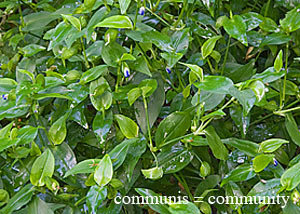 |
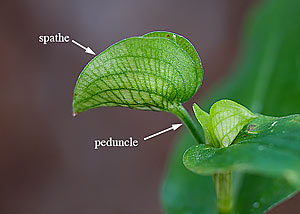 |
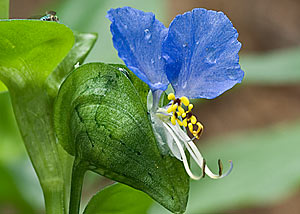 |
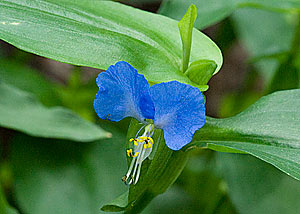 |
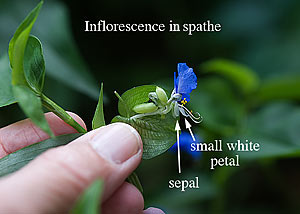 |
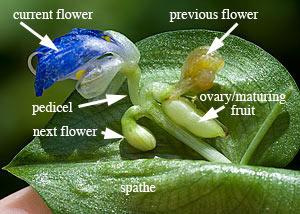 |
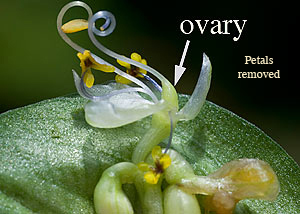 |
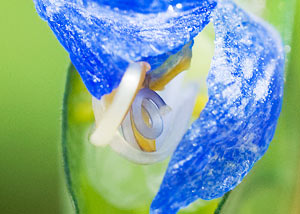 |
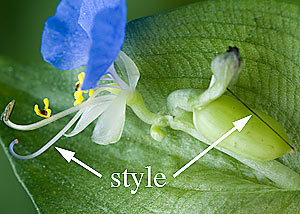 |
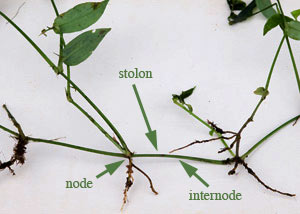 |
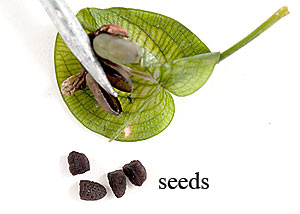 |
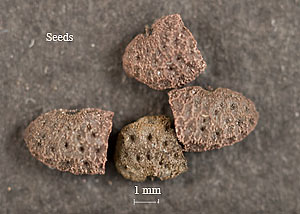 |